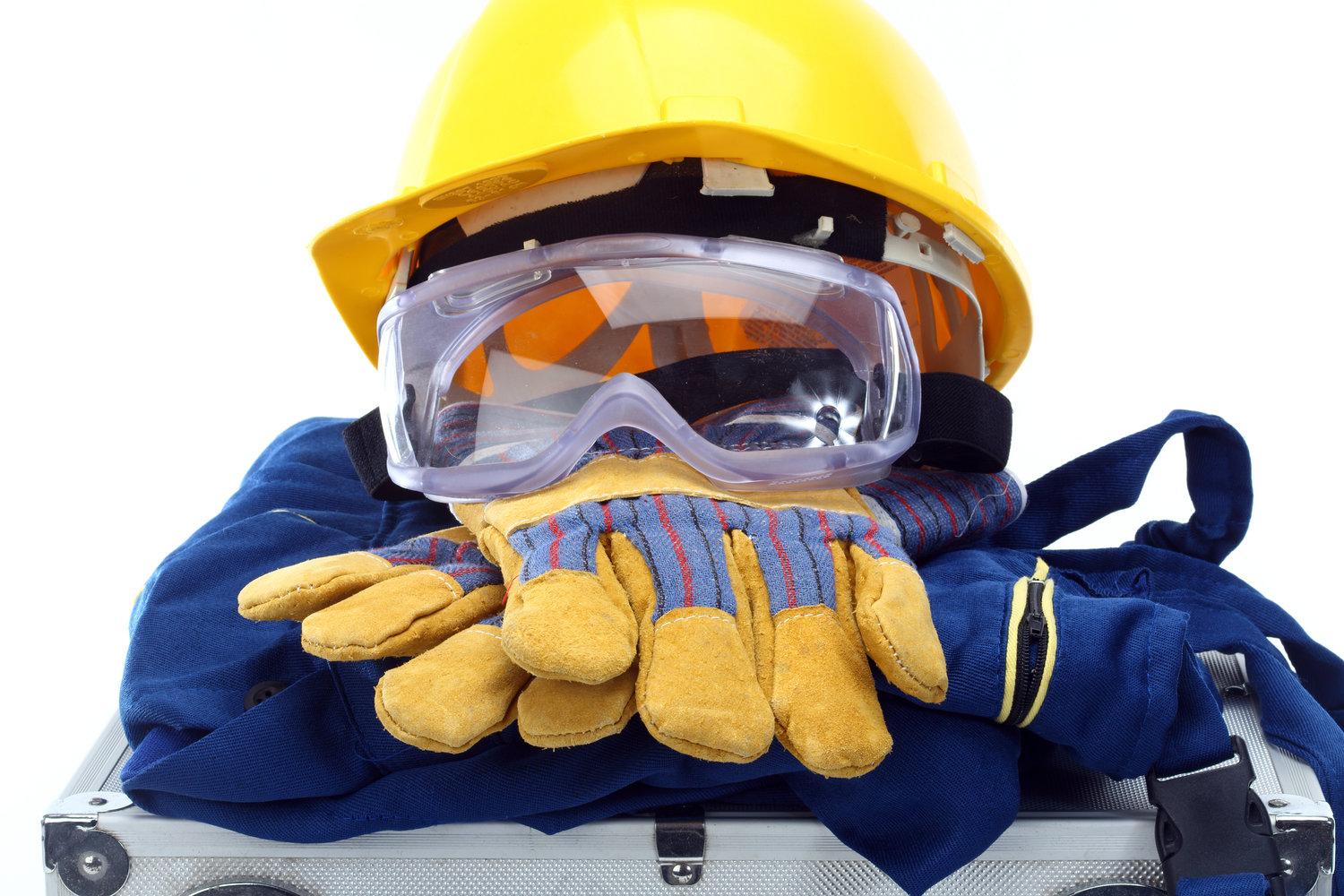Personal protective equipment, commonly referred to as PPE, refers to protective clothing, helmets, goggles, or other gear designed to protect the wearer from health or safety hazards. It is essential for protecting employees who face a variety of occupational hazards on the job.
Importance of PPE in the Workplace
PPE plays an important role in creating a safe work environment by reducing employee exposure to serious workplace injuries and illnesses. Choosing the right PPE is important as it acts as the last line of defense for employees when engineering and administrative controls are not fully effective in eliminating potential hazards. With different jobs come varying degrees of risk, so employers must ensure appropriate PPE is selected based on a thorough hazard assessment and risk analysis of all job tasks and worksites. By using PPE correctly and consistently, injuries are less likely to happen on the job.
Elements of an Effective PPE Program
To maximize Personal Protective Equipment effectiveness, employers should implement a comprehensive PPE program that addresses key elements including hazard identification, equipment selection, training, and proper care/maintenance.
Hazard Identification
Workers must first understand all potential hazards they may face on the job from chemical, physical, electrical, and biological risks. A thorough job safety analysis identifies where and how frequently hazards occur so the right protective solutions can be selected.
Equipment Selection
Once hazards are known, employers must choose PPE that provides adequate protection. Factors like task requirements and environmental conditions help determine if safety glasses, steel-toe boots, or a respirator is needed. American National Standards Institute (ANSI) and OSHA standards offer guidance on proper PPE selection.
Proper Fit and Use
Fit is another important element - PPE must be sized correctly and worn properly to function effectively. Workers should be trained on proper donning and doffing procedures as well as any limitations of the equipment. Signs it no longer properly fits or functions must also be understood.
Maintenance and Care
Regular inspection and maintenance ensure PPE continues working as intended. Damaged, worn, or unsanitary equipment loses protective qualities and should be immediately replaced. Proper cleaning following manufacturer’s guidelines also extends product lifespans.
Employee Training
Initial and ongoing PPE training equips workers to safely perform duties. They learn about identified hazards, why PPE is needed, proper selection and limitations, correct use including inspection/maintenance, limitations, and more. Workers fully comprehend how to minimize risks through consistent and proper PPE usage.
Examples of Common PPE
A wide variety of PPE has been developed to meet diverse occupational safety needs in various industries and job functions. Several common examples include:
- Head Protection: Hard hats protect against impact or penetration injuries from falling/flying objects. Options vary based on type of hazard.
- Eye/Face Protection: Safety glasses, goggles, and faceshields safeguard eyes and faces from impact/particles risks in manufacturing, construction and other environments.
- Hand Protection: Gloves made from materials like leather, rubber, or kevlar shield hands from cuts, burns, chemicals and other exposures. Proper selection depends on task.
- Foot Protection: Steel-toe boots and other footwear fortify feet against compression risks like heavy objects and ensure grips on slippery surfaces to prevent slips and falls.
- Fall Protection: Harnesses, lanyards, and lifelines arrest falls from heights in construction, utilities repair work and other elevated jobs. Full body harnesses are standard.
- Respiratory Protection: Masks, respirators, and supplied air systems filter out airborne contaminants in areas with gases, vapors, dusts and other respiratory hazards. Type depends on contaminant and concentration level.
- High Visibility Apparel: Fluorescent vests, shirts and other garments help ensure worker visibility in environments like road/lane closures, construction sites and other situations where moving vehicles operate.
- Hearing Protection: Earmuffs or earplugs block hazardous noise exposure over OSHA permissible limits particularly in environments producing sounds over 85 decibels continuously.
Compliance and Safe Work Practices
PPE requirements form the backbone of OSHA’s General Duty Clause which requires employers to provide a workplace free of known safety or health hazards. Penalties may apply if appropriate protective measures including PPE usage are not followed. But more importantly, proper training and utilization minimizes life-changing injuries or prevents fatalities in hazardous work environments. Comprehensive PPE programs demonstrate an employer’s commitment to employee safety above all else.
This encompasses the most important aspects of establishing an effective personal protective equipment program through comprehensive hazard analysis, selection of appropriate equipment, proper training, care, and compliant practices. When used correctly along with other safety systems, PPE plays a vital role in safeguarding workers exposed to various occupational dangers. A culture that values employee well-being will ensure these protections are consistently in place.
Get more insights on this topic: https://www.insightprobing.com/personal-protective-equipment-safety-for-all/



